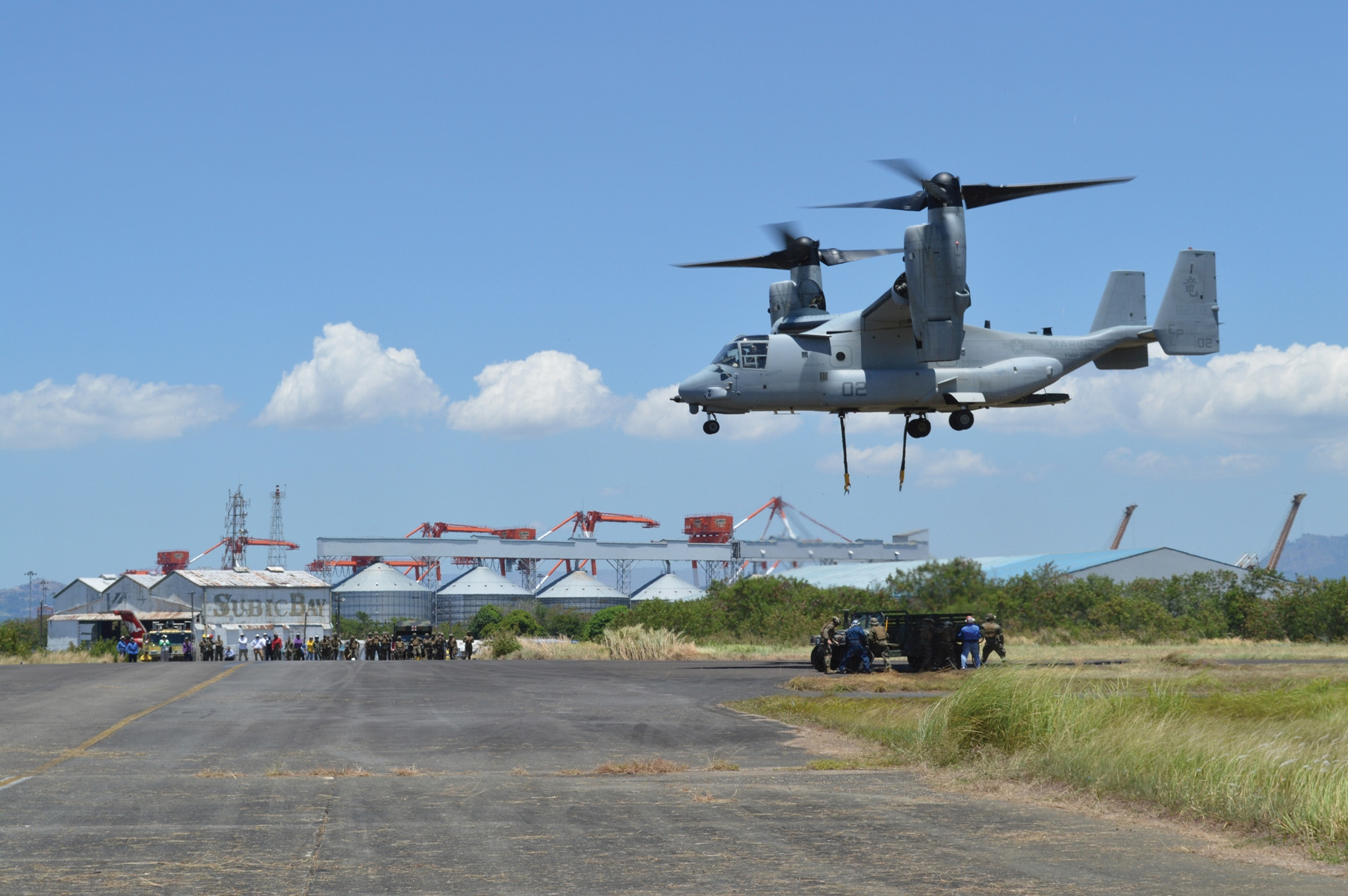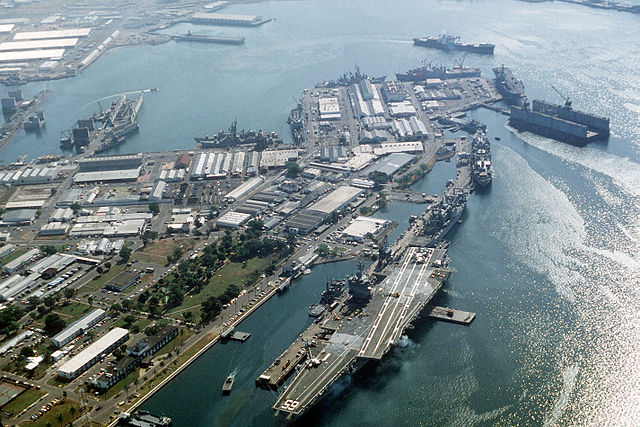
Over the weekend, the United States and the Philippines concluded their Sixth Annual Bilateral Security Dialogue session in Washington, D.C. At that forum, one of the first fruits of the Enhanced Defense Cooperation Agreement (EDCA) came to bear: the announcement of five bases where the United States could rotate troops and pre-position facilities and materials in support of the U.S. Pacific Pivot.
Notably, four out of five of the locations are air bases: Basa AB in Luzon, Antonio Bautista AB in Palawan, Mactan-Benito Ebuen AB in Cebu and Lumbia AB in rebel-stricken Mindanao. Fort Magsaysay, to the north of the capital of Manila, is the only dedicated ground-force facility.
The choices present some interesting possibilities. Basa is home to several Philippine air force tactical strike squadrons and has plenty of room for any potential U.S. Air Force Combat Command components such as fighters and bombers. Mactan near the center of the archipelago holds most of the heavy lift planes of the Philippine air force, and is also co-located with an international airport and the nearby port. Lumbia is located in rebel-torn Mindanao, but just north of where most recent fighting has occurred, and home to the 15th Strike Wing, which has delivered air power against the insurgency effort for years.
It was the 15th that also delivered the PAF’s first precision guided strike using Paveway bombs against the Abu Saayaf rebels in the region, with U.S. Air Force technical assistance—a good harbinger of things to come. Antonio Bautista is on the island of Palawan and is in direct proximity to the Spratlys, fewer than 300 nautical miles to Pagasa—regional seat of the Philippines within the disputed island chain. Fort Magsaysay is already familiar ground for past joint U.S.-Philippine military exchanges.
The base announcements come on the heels of the annual 2016 Exercise Balikatan (Shoulder to Shoulder) Interoperability event.
Outside of Fort Magsaysay and potentially using some of the airbases for stopovers, the exercise will benefit in future years from the locations. At the moment, there are refurbishment requirements that must be funded and completed before the bases would be “move-in ready.” While critics point to a return to U.S.-based Cold War era, it’s important to remember that these are all Philippine owned and operated bases, and the U.S. will rotate troops, build facilities and pre-deploy material within that base governance, unlikely the wholly occupied and operated bases such as Subic Naval Base and Clark Air Base.
The distinction is important, and still requires more development—for example, the base command and operations model is yet to be determined. Who is in charge overall, and can the United States act unilaterally from its portion of the base? Additionally, it complicates the threat posed by China: unlike encounters on the high seas, an attack on U.S. forces in EDCA camps is a direct attack on the Philippines by virtue of the occupancy model. There is no distinction or ability to discriminate a surgical strike on U.S. forces or materials.

While the pivot is one of the driving factors toward the implementation of EDCA, the bases also will serve as forward facilities to assist in Humanitarian Assistance and Disaster Recovery (HA/DR). Mactan-Benito Ebuen is at the center of the region hard struck in recent years by powerful typhoons, and it’s a perfect staging ground for heavy and light lift elements to bring in much-needed aid during those times.
What is notably absent from this list however, are naval bases. And at the heart of the various Maritime Security challenges in the region, air power alone cannot address the root causes of the instability—naval presence and capability must be present.
So why did Subic and others not make the list?
For one, Subic was converted into a economic export zone following the 1991 U.S. withdrawal and converted into industrial space to support interested businesses. It was only in mid-2015, as part of the Modernization Act support activities, that the Philippine Department of National Defense signed a 15-year lease with the Export Zone Authority to reclaim sections of the old naval base.
As such, refurbishment efforts are still under way and the port may not be ready to expand and accept more occupants such as the U.S. 7th Fleet yet. Incumbent president Benigno Aquino is also set to leave office in the summer, and his administration may have chosen to leave this decision to the next administration.
The May elections may complicate planning depending upon the new president —some of the front-runners have a decidedly pro-China and modernization unfriendly platform. That undoubtedly has U.S. State Department and DOD policymakers and planners watching events with a weather eye.





